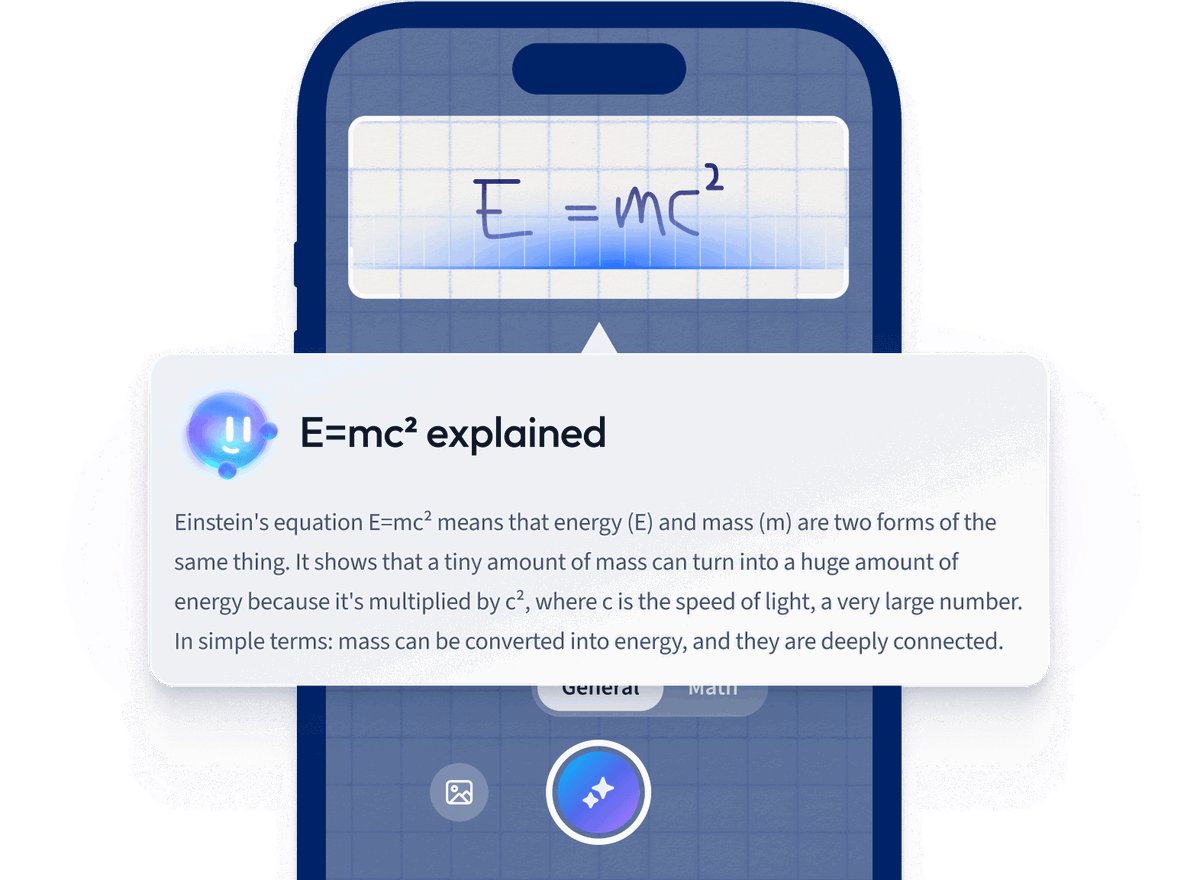What are the examples of Spanish voiceless consonants?
The examples of Spanish voiceless consonants are /p/ (as in "pato"), /t/ (as in "tarta"), /k/ (as in "casa"), /ʃ/ (as in "caja" in some dialects), /θ/ (as in "zorro" in Spain), /f/ (as in "faro"), /s/ (as in "sapo"), and /x/ (as in "jamón").
How do you pronounce Spanish voiceless consonants correctly?
To correctly pronounce Spanish voiceless consonants (p, t, k, f, s, ch), expel air without vibrating your vocal cords. They are generally less aspirated than in English, particularly at the beginning of words. Position your tongue close to where you would for their English counterparts, but with softer force.
What is the difference between voiceless and voiced consonants in Spanish?
In Spanish, voiceless consonants are produced without vibrating the vocal cords, such as /p/, /t/, and /k/, whereas voiced consonants involve vibration of the vocal cords, like /b/, /d/, and /g/. This distinction affects how the consonants sound and their clarity in speech.
Do Spanish voiceless consonants always follow the same pronunciation rules?
No, Spanish voiceless consonants do not always follow the same pronunciation rules. Their pronunciation can vary depending on the dialect, the consonant's position in a word, and the surrounding vowels.
Are there any regional variations in the pronunciation of Spanish voiceless consonants?
Yes, there are regional variations in the pronunciation of Spanish voiceless consonants. For example, the voiceless dental fricative [θ], represented by "c" before "e" or "i" and "z", is pronounced in Spain but often merges with the voiceless alveolar sibilant [s] in Latin America.










